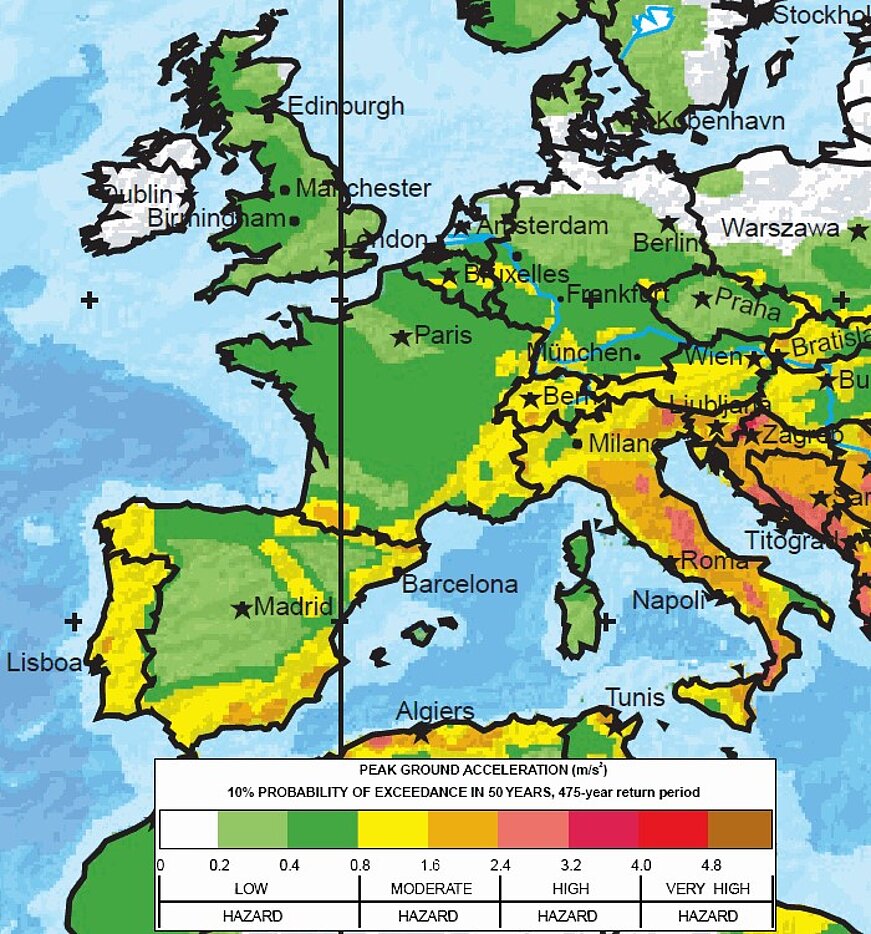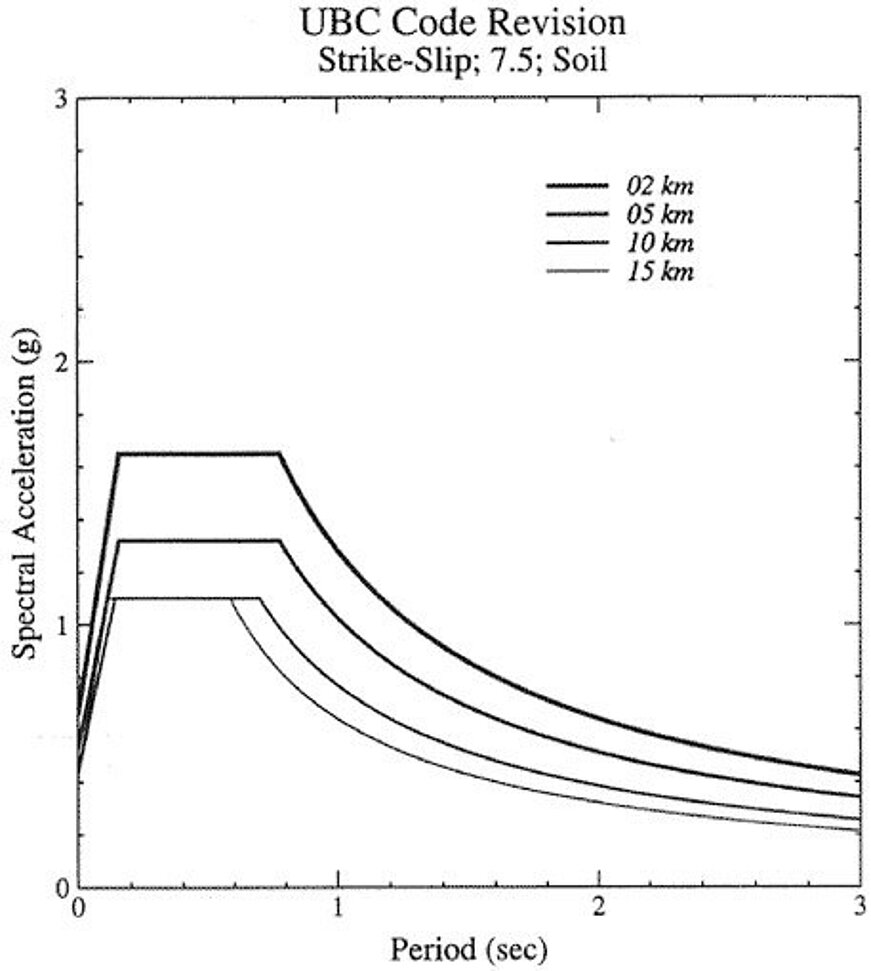How can you protect yourself against earthquakes?

In our series of articles on natural catastrophes - how to protect yourself, we take a closer look at earthquakes in today's article.
Recent major earthquake in southern California
On July 6, 2019, 9:02 a.m., California experienced one of the latest earthquakes in recent memory. The quake reached a magnitude of 7.1 and was felt as far away as Las Vegas.
The epicenter was 17 kilometers northeast of the small town of Ridgecrest and about 200 kilometers northeast of Los Angeles. Days earlier, an earthquake with a magnitude of 6.4 had struck in the same region.
It was the strongest earthquake in the region in the past 20 years. Fortunately, there were no fatalities or serious injuries, but there were strong fluctuations in buildings and the outbreak of several fires.
Comparing reports of earthquakes of the same magnitude in developing countries, the damage and casualty figures are considerably higher.
This shows that one is not arbitrarily at the mercy of earthquakes, but can build more earthquake-resistant structures by taking appropriate measures.
But one thing after the other.
How do earthquakes occur?
Earthquakes are caused by tensions in the earth's crust that are suddenly released. These tensions occur in particular at places where continental plates meet. This is also the case in California in the example above.
Consequently, there are areas that are more prone to earthquakes than others.
Figure 1 shows the earthquake frequency since 1973. The boundaries of the continental plates can be clearly seen here.
The course of an earthquake or of earthquake shocks is similar. The closer one is to the epicenter (area of the earth's surface lying above the earthquake focus), the higher are the occurring accelerations.
The schematic course of the accelerations over the period is shown in Figure 3.
The soil conditions of a site also play a role. Rocky subsoil transmits accelerations harder and more directly than a loamy subsoil.
Calculation method
Originally, the calculation methods used to analyze the behavior of buildings and machines during earthquakes originated in the construction sector. Here, quasi-static accelerations are often applied in a simplified way. However, dynamic effects, such as the excitation of natural frequencies, cannot be taken into account. Conservatively, these effects are represented by additional exaggeration factors, which leads to sometimes highly conservative results.
Transferring these methods to complex machines and systems is not particularly accurate, since the vibration behavior cannot be mapped accurately via a static analysis. But as is so often the case, it is important that such calculations can be easily recalculated and checked, not so much how accurate the result is in reality.
Therefore, a wide variety of standards allow these simplified calculations under certain conditions.
On the other hand, a dynamic calculation in the time domain, based on the excitation of the soil, is too complex. Especially since the exact function of the movement of the ground as a function of time is not precisely known.
A reasonable solution with justifiable effort is a so-called response spectrum analysis, in which the acceleration amplitude is applied over the frequency or period and the response of the structure consists of conservative superpositions of the individual vibration modes.
In the assessment of components in airplanes, ships, trucks or military vehicles under vibration, we proceed in a computationally similar way, as an aside.
How can you protect yourself against earthquakes?
Merkle und Partner uses all common methods for the protection against earthquakes, according to the wishes of our customers. The verifications can be carried out by us according to all common earthquake codes (Eurocode, IBC, ASCE, SIA, GOST, NSCP, ASME, RCC-M, KTA and others).
A distinction is made between whether a plant should only remain stationary or whether the function must also be guaranteed after or even during the earthquake.
For primary pumps ASME Section III Class 1 of nuclear reactors, for example, it must be ensured that the pumps also function during an earthquake, otherwise there is a risk of core meltdown.
One of the most exciting projects was the design and verification of a HV deck and HV bushing for the ITER fusion reactor in Italy, which is expected to produce clean energy without producing radiative waste in a few decades.
As you can see, we have extensive experience in working with our customers to perform appropriate verifications specifically tailored to their needs.
Does a calculation protect against earthquakes?
No, of course not. It is only a question of the strength of the earthquake when a plant, however well designed, will collapse. But just as the probability of a century-long earthquake decreases, so does the risk that buildings or facilities will collapse from even smaller earthquakes, which are comparatively more likely.
We can help you identify and optimize earthquake-critical areas of your buildings, facilities and components.
Do your customers also require appropriate verifications or safeguards for their plants in the event of an earthquake?
Contact us. We will show you how we can support you competently and efficiently.
Your contact for these topics is Dr. Maik Brehm, Tel. +49-(0)7321-9343-137. He is looking forward to your call.
Your Stefan Merkle



